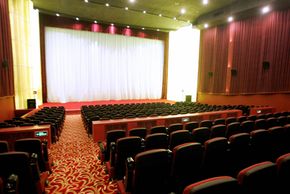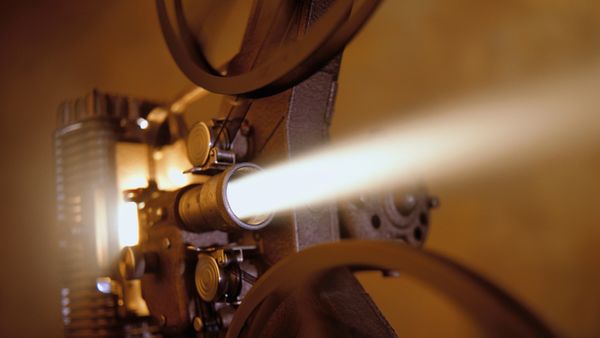This is the question that can divide friends: You like to sit down front, but your companion wants to sit in the back. You both have good arguments for your side. At least these days, the choice is more enjoyable to make because of improvements in theaters.
Seating in many theaters today is much more comfortable than it was just a few years ago when most theaters had small hard seats with short backs and fixed arms. The only adjustment was whether the seat was up or down. Today, the seat backs are full height, and both seats and backs have thick cushioning. The arms between the seats lift up out of the way, and have cup holders built into the end of them. Quite often, the seat backs rock slightly to give you more freedom of movement.
Advertisement
Probably the single biggest improvement in theater seating has been the introduction of stadium seating. With stadium seating, the rows are arranged on a series of terraces or steps, instead of the 15-degree floor slope you find in conventional movie theaters. Stadium seating allows each row to sit 12 to 15 inches higher than the row in front of it. It also means that virtually every seat in the theater has an unobstructed view of the screen, even if the theater is packed!
Preferences vary, but there is an optimal place to experience the sound system in most theaters. Choose a row about two thirds of the distance from the screen to the back of the theater. Try to sit one or two seats from the exact center of the row. The reason is that most sound technicians check the audio levels from the center seat about two thirds back from the screen. Since the sound from right and left speakers are equalized for the center, you want to sit slightly off-center to enhance the stereo effect.
Advertisement


